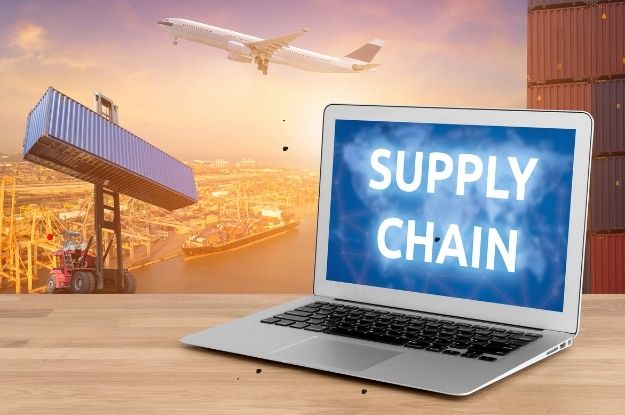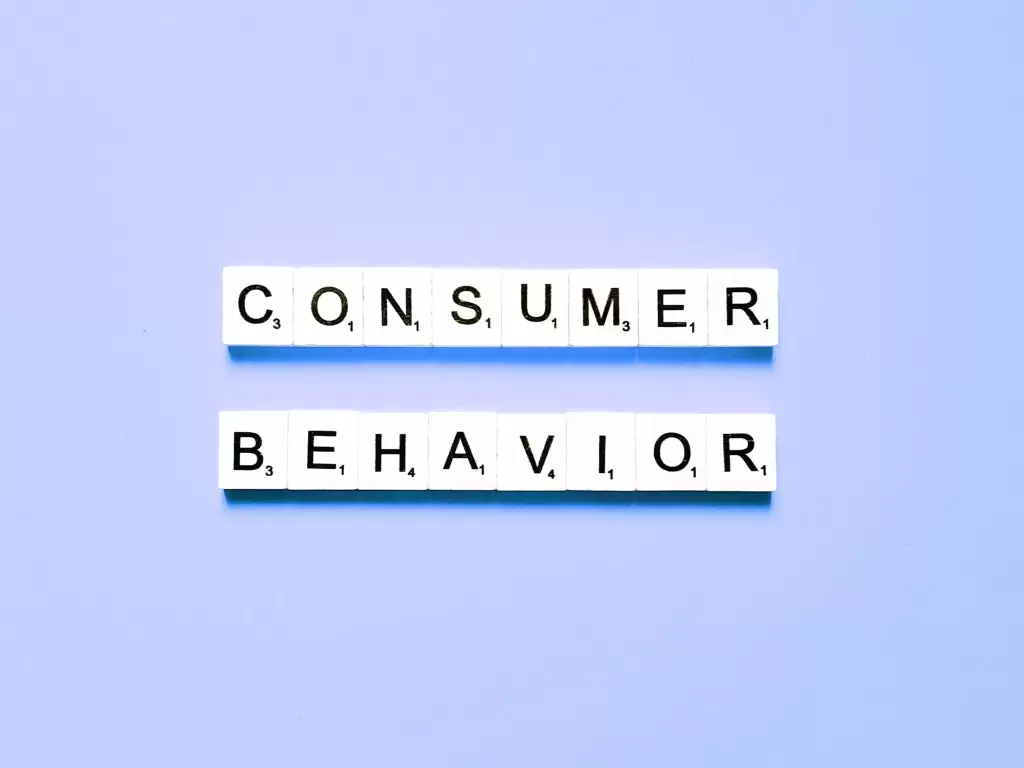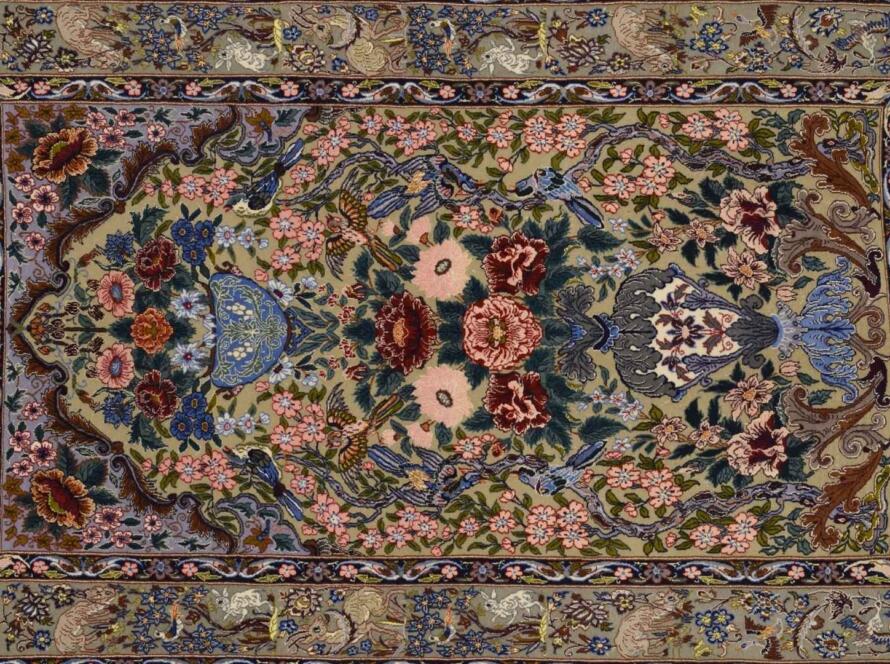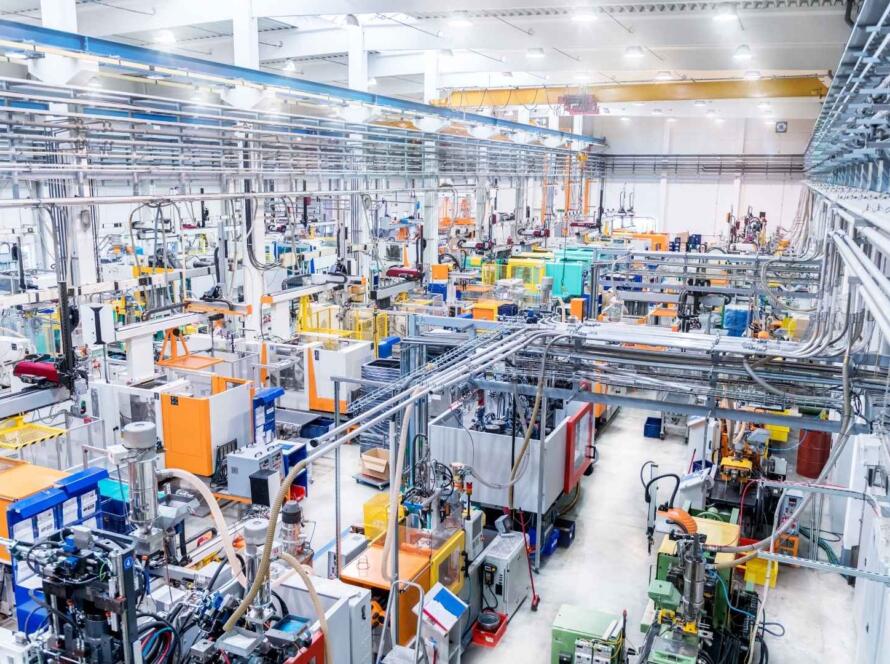
The textile industry, like many other sectors, has faced tremendous challenges due to the COVID-19 pandemic. It disrupted global supply chains, altered consumer behavior, and triggered economic instability. While the world is gradually recovering, the effects of the pandemic continue to shape how the textile industry operates. In this article, we will explore the key challenges the textile industry faces post-pandemic and provide insights into how businesses can adapt to the new normal.
1. Supply Chain Disruptions

Impact on Global Supply Chains
One of the most significant impacts of the pandemic was the disruption of global supply chains. Textile manufacturing is a highly interconnected industry, relying on raw materials from different parts of the world. When countries went into lockdown and restricted movement, the flow of raw materials like cotton, wool, and synthetic fibers was severely affected. According to a report by McKinsey, supply chain disruptions caused a 20-30% reduction in textile production globally during the height of the pandemic.
Solutions to Overcome Supply Chain Disruptions
Businesses have started diversifying their supplier base to mitigate future disruptions. Instead of relying on one or two countries for raw materials, companies are exploring multiple sourcing options. For example, some textile companies are now turning to regional suppliers to ensure they have a more stable and localized supply chain.
Another solution is to invest in digital tools that improve supply chain visibility. Technologies such as blockchain and AI can help businesses track their materials and predict potential disruptions, allowing them to respond quickly.
2. Shifts in Consumer Behavior

Decline in Demand for Fashion and Apparel
During the pandemic, consumer demand for fashion products plummeted. With people staying at home and social events being canceled, the need for new clothes diminished. According to a study by Statista, the global apparel market shrank by 20% in 2020. The shift towards remote work also meant a decline in demand for formal wear, with consumers prioritizing comfortable, casual clothing.
Rise of E-Commerce and Digital Shopping
Although physical stores suffered, e-commerce boomed during the pandemic. Many consumers turned to online platforms to purchase clothes, a trend that is likely to continue post-pandemic. In fact, e-commerce in the fashion industry grew by 27% during 2020, according to GlobalData.
Textile companies need to adapt to this shift by strengthening their online presence. This includes optimizing websites for mobile devices, improving online customer service, and offering seamless return policies. Additionally, companies should invest in data analytics to better understand customer preferences and tailor their products accordingly.
3. Sustainability Pressures

Growing Demand for Sustainable Practices
Sustainability has become a key concern for consumers, and this trend has only accelerated post-pandemic. Consumers are now more aware of the environmental impact of their purchases, pushing textile companies to adopt eco-friendly practices. According to a survey by the Business of Fashion, 67% of consumers consider sustainability when making fashion purchases.
The textile industry is known for being one of the largest polluters, with water usage, chemical waste, and carbon emissions being major concerns. To address these issues, many companies are transitioning to sustainable materials, such as organic cotton or recycled polyester, and implementing energy-efficient production processes.
Circular Economy and Recycling Initiatives
The concept of a circular economy is gaining traction in the textile industry. Instead of producing, using, and discarding clothing, companies are exploring ways to extend the lifecycle of their products. This includes recycling old garments into new materials and promoting second-hand clothing. Brands like Patagonia and H&M have already launched recycling programs to encourage customers to return their used clothes.
4. Labor and Workforce Challenges

Health and Safety of Workers
The health and safety of workers in textile factories became a critical issue during the pandemic. Many factories had to shut down temporarily to prevent the spread of the virus, and those that remained open had to implement strict safety measures. Ensuring safe working conditions, such as social distancing, providing personal protective equipment (PPE), and regular sanitation, became essential.
In countries like Bangladesh, one of the largest textile producers in the world, more than 1 million garment workers were laid off during the pandemic, as reported by Reuters. While many workers have since returned, the industry still faces labor shortages due to health concerns and changing regulations.
Automation and Digitalization of Workforce
To address workforce challenges, textile companies are increasingly turning to automation and digitalization. Automated machines can take over repetitive tasks, reducing the need for a large labor force while ensuring higher productivity. Moreover, digital tools can help with inventory management, quality control, and logistics, allowing companies to operate with fewer workers while maintaining efficiency.
5. Rising Costs and Inflation

Raw Material Price Increases
The price of raw materials has skyrocketed since the pandemic due to supply chain disruptions and increased demand. Cotton prices, for example, reached a 10-year high in 2021, and other materials like wool and polyester also saw significant price hikes. According to a report by Textile Today, raw material costs increased by 15-30% in the textile industry during the pandemic recovery period.
Inflation and Its Impact on the Textile Industry
Inflation has also affected the textile industry, leading to higher production costs. Energy prices, transportation costs, and wages have all increased, putting pressure on companies to raise the prices of their products. However, with consumers becoming more price-sensitive, particularly in the post-pandemic economy, passing these costs onto buyers is a delicate balancing act.
To cope with rising costs, many textile companies are looking for ways to improve operational efficiency. This includes adopting lean manufacturing techniques, reducing waste, and optimizing energy usage. Additionally, companies are exploring the potential of nearshoring to reduce transportation costs and lead times.
6. Adapting to New Trade Regulations

Changes in Trade Policies
The pandemic has prompted governments around the world to reconsider their trade policies, especially in relation to essential goods like textiles. Some countries have implemented stricter import and export regulations to protect their domestic industries. For instance, the US imposed additional tariffs on textile imports from certain countries during the pandemic, making it more expensive for companies to source products from abroad.
Regional Trade Agreements and Opportunities
On the positive side, new regional trade agreements have created opportunities for textile businesses. The African Continental Free Trade Area (AfCFTA), which came into effect in 2021, aims to boost intra-African trade, including in the textile sector. This agreement could open new markets for textile companies and reduce dependency on traditional global supply chains.
Textile companies must stay updated on changing trade policies and adapt their strategies accordingly. This may involve shifting production to countries with favorable trade agreements or exploring new export markets to remain competitive.
Conclusion
The textile industry faces a host of challenges in the post-pandemic world, from supply chain disruptions and changing consumer behavior to rising costs and sustainability pressures. However, by embracing innovation, digitalization, and sustainability, textile companies can navigate these challenges and emerge stronger. Diversifying supply chains, investing in automation, and meeting the growing demand for eco-friendly products are just some of the strategies that can help businesses thrive in this new landscape.
While the road ahead may be uncertain, the textile industry has shown resilience throughout history. By learning from the lessons of the pandemic and adapting to the evolving global landscape, the industry can continue to grow and contribute to a more sustainable and inclusive future.
References
- McKinsey & Company. (2020). The State of Fashion 2020: Coronavirus Update.
- Statista. (2020). Apparel Market Shrinkage Data.
- GlobalData. (2021). Fashion E-Commerce Growth During COVID-19.
- Reuters. (2020). Impact of COVID-19 on Bangladesh’s Garment Workers.
- Business of Fashion. (2021). Sustainability in Fashion Survey.
- Textile Today. (2021). Raw Material Price Increases in Textile Industry.




